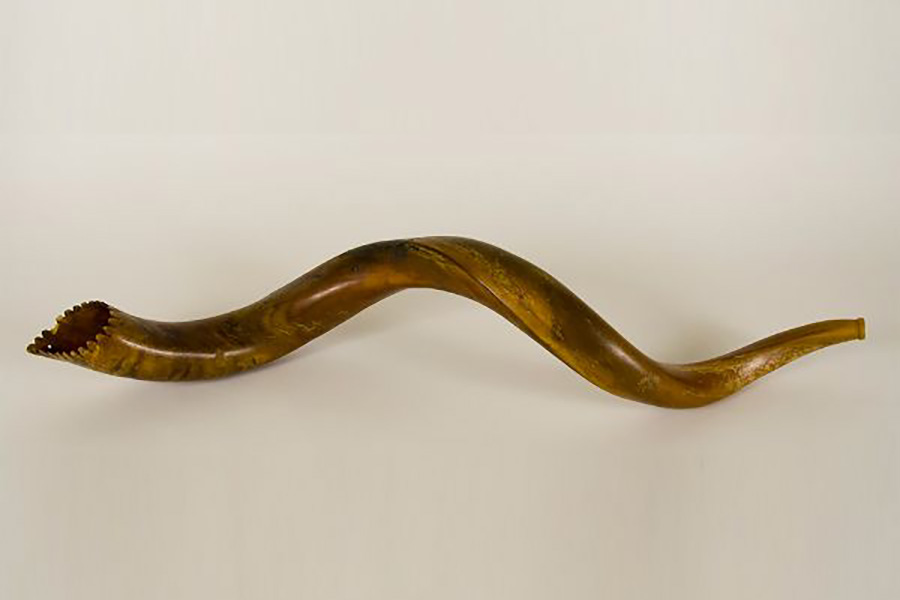« Back to Glossary Index
Categories: Divine
Synonyms:
𐤀𐤄𐤅𐤄, ahaýah,
The word Ahauah (𐤀𐤄𐤅𐤄) means “I create disaster” and is the contested first-person name of the alah of Yasharaal, transliterated from the Tetragrammaton.
Extended Study for 𐤀𐤄𐤅𐤄 (ahauah)
To read the study guide entry that elaborates on 𐤀𐤄𐤅𐤄 (ahauah) then join our Extended Study Membership at https://www.paleohebrewdictionary.org/extended or use phdict.org/extended to share a short link with others.





